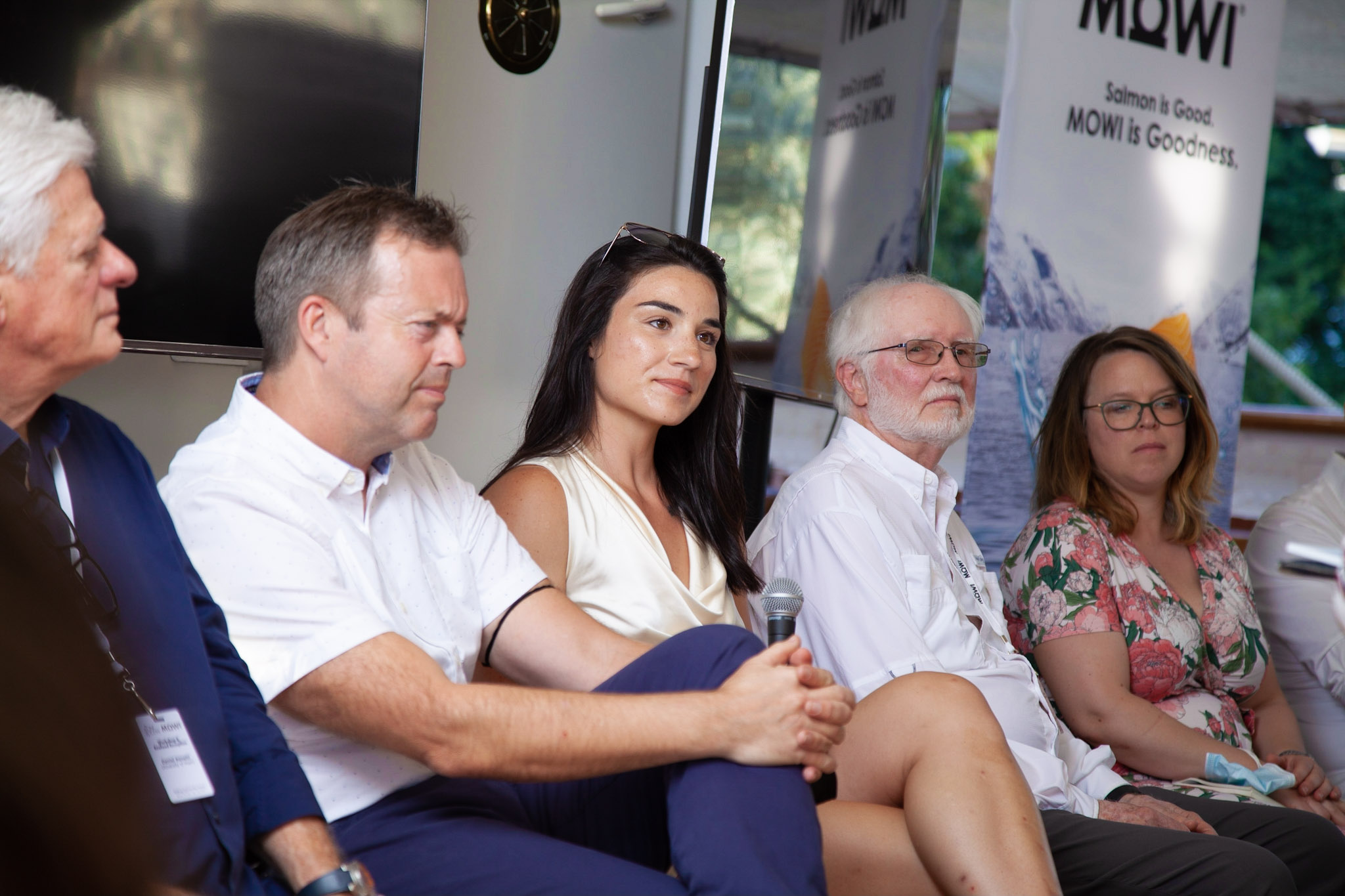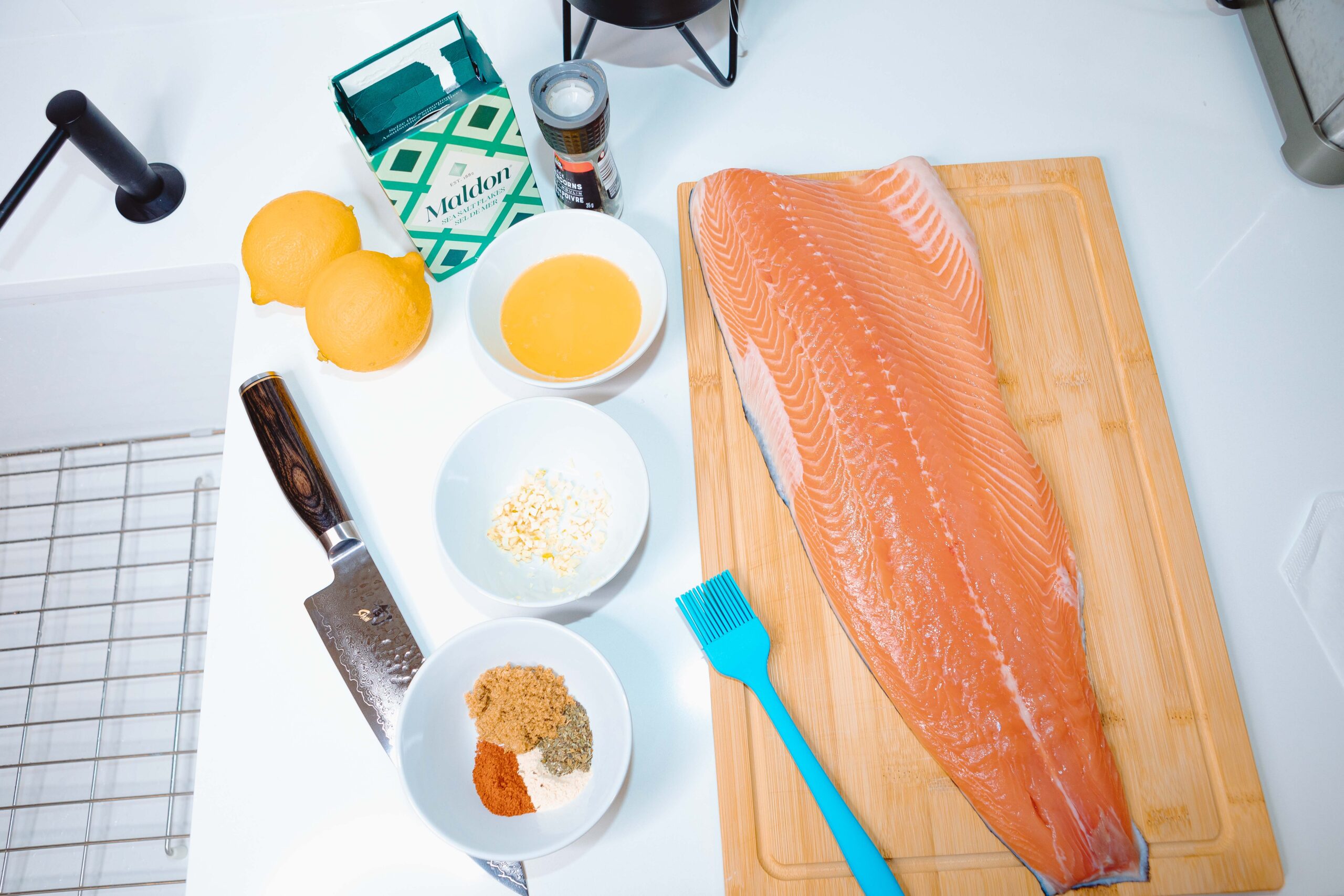
What do young people really think about seafood?
What do young consumers really think about blue foods?
I unpacked this question during a panel discussion hosted by Mowi, onboard the One Ocean Expedition in Miami. In case you missed it, here were some of my main takeaways.
Psssst, if you’re a seafood company trying to market to young consumers, listen up! 📣
First, if you’re under the impression that young people don’t eat seafood or don’t care about seafood, you’re wrong.
Millennials and Gen Z represent a new frontier of seafood consumer.
Here are some quick facts about young consumers:
- Millennials currently have the greatest buying power in the market. There’s a lot of us and despite the jokes you boomers make, we’ve got money to spend.
- Last year, there was a 30% increase in seafood consumption by millennials. This is largely due to increased awareness of the environmental and health benefits of seafood consumption. (Remember this because we’ll talk about it again later!
- 78% of millennial and Gen Z consumers are concerned about their “food footprint”. Young people are moving away from land-based animal proteins and adopting a more “flexitarian” diet. We’re eating not only with our personal health in mind, but the health of the planet as well.
- The most important factor young people take into account when buying food is its environmental impact, the second most important factor is its health and nutritional benefits
This makes seafood the perfect protein for young people!
Alright, so now that you know that young people eat seafood, they like seafood, and there’s an opportunity to get more young people eating more seafood, how do we do it?
I’ve got at least three ideas. ✍🏽
1. Education
Specifically, education about the environmental impacts of seafood consumption. Young people want to know about where their seafood comes from, how it was harvested, and what measures are being taken to limit its impact on the environment.
So tell them! And tell them in their language — aka, online. Increased social media education is key. A company report written for your investors buried as a PDF in the footer of your website is NOT going to work.
Our reaction will probably be something like this:
Turn that PDF into short, digestible infographics for Instagram and Twitter. Or better yet, really get out of your comfort zone and jump in front of the camera! Film a short TikTok video explaining what you’re doing to minimize the impacts blue foods have on the environment.
Or, you can hire me to do those things for you. 😉
2. Digital Convenience
Like I said, young people live online. We’re tech savvy and convenience-minded, the more available you can make your brand online, the better.
Make your information easily accessible online (read: DON’T DIRECT US TO LENGTHY PDF’s).
Think short, quick, and to the point. Explain your sustainability ethos like you’re speaking to a 6-year old. Because if a 6-year old can’t understand, you’re not explaining it well.
And if you can make your product available online? Gold mine.
One boomer stereotype that is pretty accurate is that young people are deathly afraid of speaking to humans in person or on the phone.
We we’re the original adopters of stay-at-home orders, before it was trendy.
If we can review your sustainability claims online and then purchase your product with the click of a button, OH BABY. You’re going to have a lot of loyal customers on your hands.
3. Strong, authentic brand stories
Now as much as I just went on about young people’s general dislike for human interaction, we crave connection. Maybe a weird form of digital connection, but connection nonetheless.
Young people don’t want to be sold a product, we want a real connection.
There’s a common saying in marketing, “Don’t sell what you do, sell why you do it.”
Values-based marketing and strong brand stories are critical for connecting with young consumers.
Tell us why blue foods matter to you. Find out why they matter to us. Tell us how your company came to be. Explain your mission and how we can be part of it.
Authenticity is KEY.
If you need a starting point for engaging with young people about blue foods online, you can download my free seafood industry content marketing calendar.
This is a custom-made resource for seafood businesses, created to take the guesswork out of what you should be posting online.
Download it now to get on the mailing list and be the first to know when new content marketing resources drop in early 2022.



